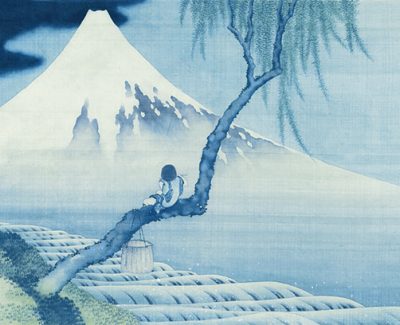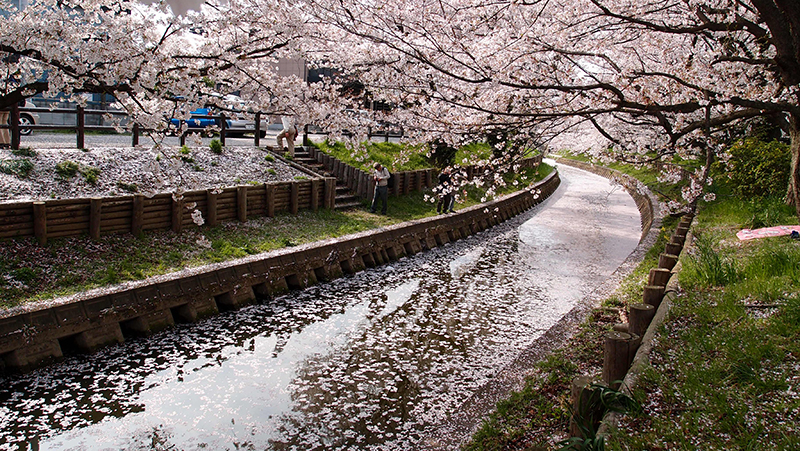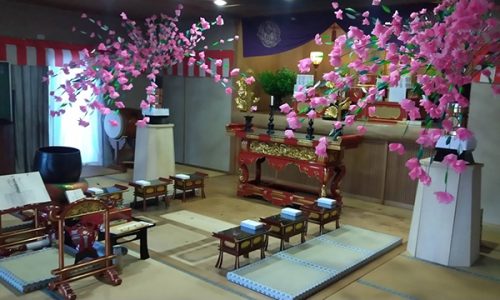

Oeshiki
Nichiren Daishonin passed away at 8:00 am on the 13th day of the 10th month in the year 1282, at the age of 61. While October 13th is the day the Daishonin died, it is not a day of mourning. October 13 is Oeshiki. It is a holiday; a day of great celebration. It is the most important ceremony in Nichiren Shoshu Buddhism.
Oeshiki, or “Founder’s Day” is a celebration of Daishonin’s true, eternal Law, which was revealed through his endurance of the austere practices and persecutions described in the Lotus Sutra. Though the Daishonin died, the Buddha nature – the life of Namumyōhōrengekyō itself – never dies; it is eternal. That is why we celebrate Oeshiki, to affirm the eternal life of the Buddha.
Oeshiki is also an affirmation of the treatise “Rissho Ankoku Ron”[1]. In this treatise Nichiren Daishonin makes clear that we must practice the Mystic Law and perceive enlightenment for ourselves, and also warns that we must believe in Namumyōhōrengekyō, or we will never achieve peace.
You should make paper cherry blossoms and decorate the left and right sides of the Gohonzon, specifically because even though Nichiren Daishōnin died in autumn—the 13th day of the 10th month—the cherry blossoms bloomed throughout the country. The lotus flower symbolizes the teachings of Shakyamumi of India; after 2000 years during the Latter Day of the Law Buddhism came to Japan where the essence of Buddhism was elucidated by Nichiren Daishōnin. The cherry blossom symbolizes the passage of true Buddhism to Japan.
To get together to do gongyo and daimoku, and read the letters of Nichiren Daishonin and the various high priests on this day, is both sacred and joyous.
1. Rissho Ankoku Ron – “On Securing the Peace of the Land through the Propagation of True Buddhism.”
